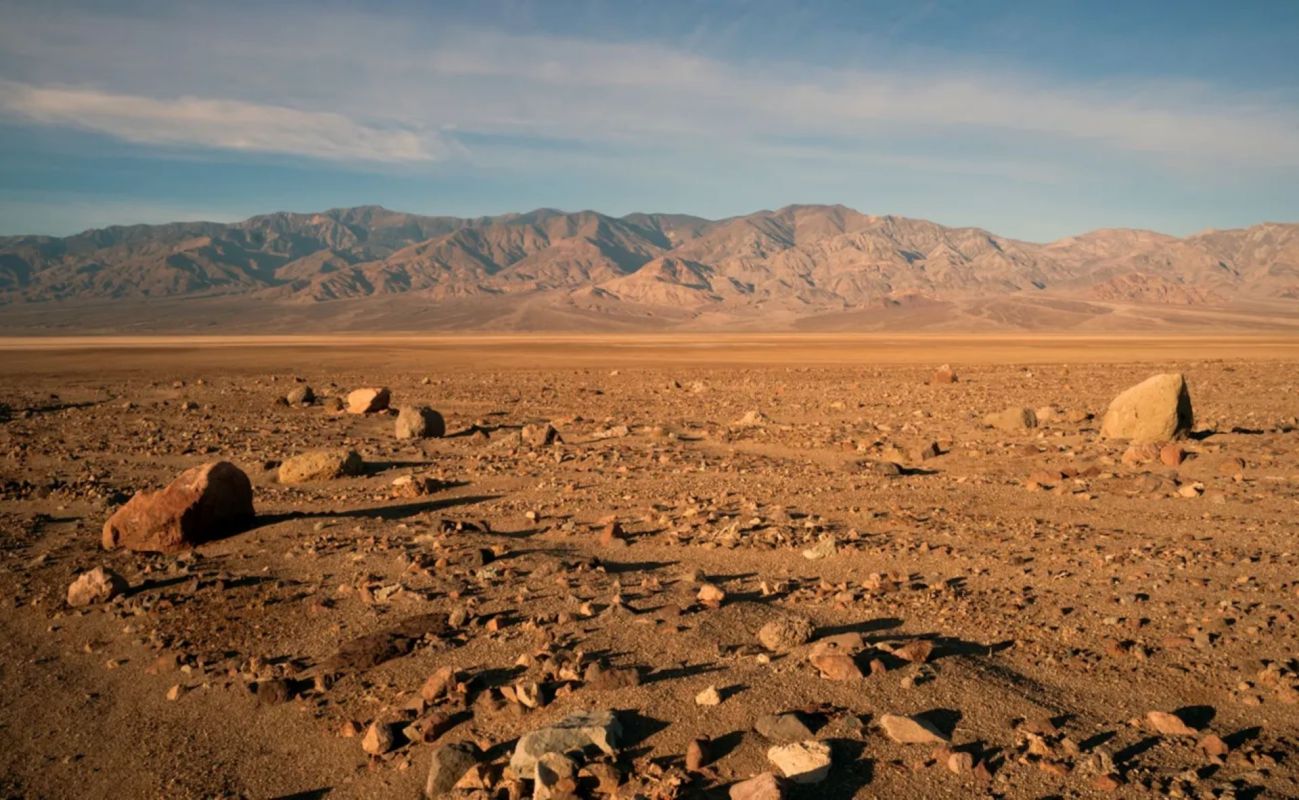Air pollution from dirty energy sources has caused the continued overheating of our planet, accompanied by both unpredictable and predictable consequences. This year, the latter category includes seeing much less snow than normal.
What is happening?
Climate scientists in California are raising the alarm about incredibly low snow levels — the lowest in a decade, as the Guardian reported.
That's bad news for the state, which has been hit with severe droughts in recent years. California relies on snowpack, which the Guardian described "as a kind of water savings account by slowly flowing into streams, soils and reservoirs in the drier seasons."
The snowpack in the Sierra Nevada mountain range usually accounts for around 30% of the state's water supply, per the California Department of Water Resources, but this resource could diminish as snowfall is reduced.
"In some places there is literally no measurable snow on the ground at all," climate scientist Daniel Swain told the Guardian. "Even if we end up seeing wetter storm cycles later this winter, which I still think is likely, that doesn't necessarily mean we are going to catch up to the average snowpack."
Why is this concerning?
California has not just been hit with a lack of snow and severe droughts — the state has also, paradoxically, seen intense flooding, as the effects of air pollution on our climate produce more extreme weather events of all kinds. This is partially because, in general, warmer temperatures cause the atmosphere to absorb more water.
As AP News pointed out, the slow snow start to 2024 follows unusually high snowfall this time last year, which illustrates the type of "weather whiplash" that is adding uncertainty in the region.
Although in some cases weather events end up evening out in terms of water supply (setting aside all the destruction they cause), that is not always the case. In terms of California's snowpack, impending storms and warmer-than-usual temperatures may combine to cause destructive flooding with little water saved. When more of the precipitation comes in the form of snow, though, it has the ability to spread out as the snow melts.
What is being done about it?
"The water infrastructure we have [in California] is going to be increasingly out of alignment with the climate that we have," Swain said. "The real challenge is how to manage this increase in hydroclimate whiplash and the increasingly wide swings between drought and flood. Right now we don't have a system that's able to accommodate that."
While the state will have to adjust to prepare for all types of extreme weather and possible future water shortages, the best way to prevent the issue is to transition away from the dirty energy sources, such as gas and oil, that are causing this crisis, and toward clean, renewable energy sources such as wind and solar.
TCD Picks » Upway Spotlight

Join our free newsletter for cool news and cool tips that make it easy to help yourself while helping the planet.














